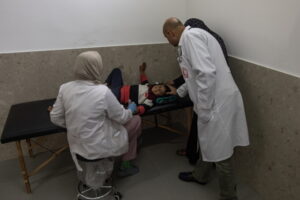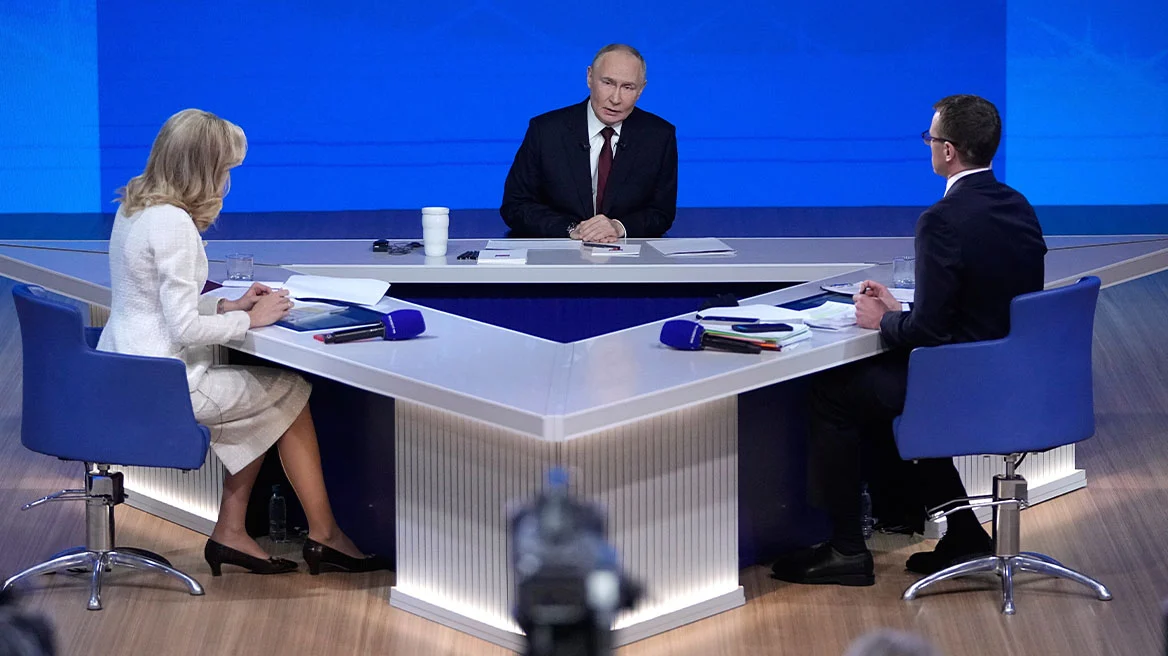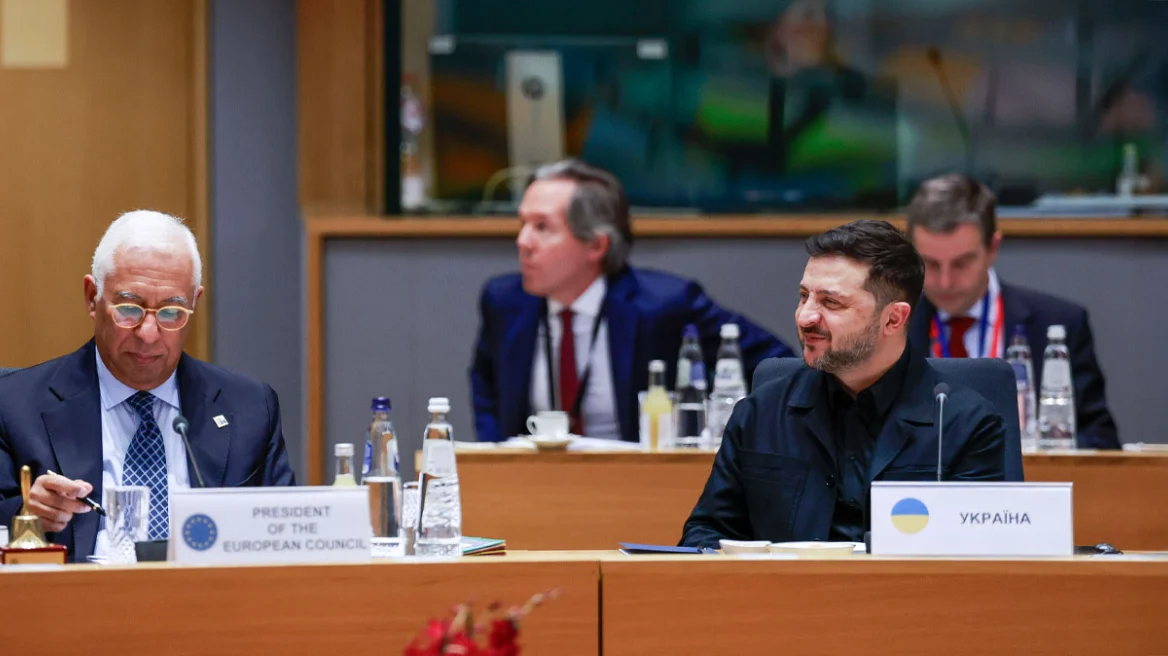In a nondescript office building on the outskirts of Zaporizhzhia, Ukrainian soldiers have been honing what they believed will be a decisive weapon in their effort to repel the Russian invasion.
Inside, the weapon glows from a dozen computer screens – a constantly updated portrayal of the evolving battlefield to the south. With one click on a menu, the map is populated with hordes of orange diamonds, showing Russian deployments. They reveal where tanks and artillery have been hidden, and intimate details of the units and the soldiers in them, gleaned from social media. Choosing another option from the menu lights up red arrows across the southern Zaporizhzhia region, showing the progression of Russian columns. Zooming in shows satellite imagery of the terrain in sharp detail.
It is called Delta, a software package developed by Ukrainian programmers to give their armed forces an advantage in a contest of which side can see the battlefield more clearly and therefore predict the enemy forces’ moves and strike them faster and more accurately.
Oregon judge halts voter-approved high-capacity magazine ban
While many scenes from the war in Ukraine look like a throwback to the first world war, with muddy trench networks and blasted landscapes, the conflict is also a testing ground for the future of warfare, where information and its dissemination in instantly usable form to individual soldiers will be critical to victory or defeat.
Read more: The Guardian
Ask me anything
Explore related questions





